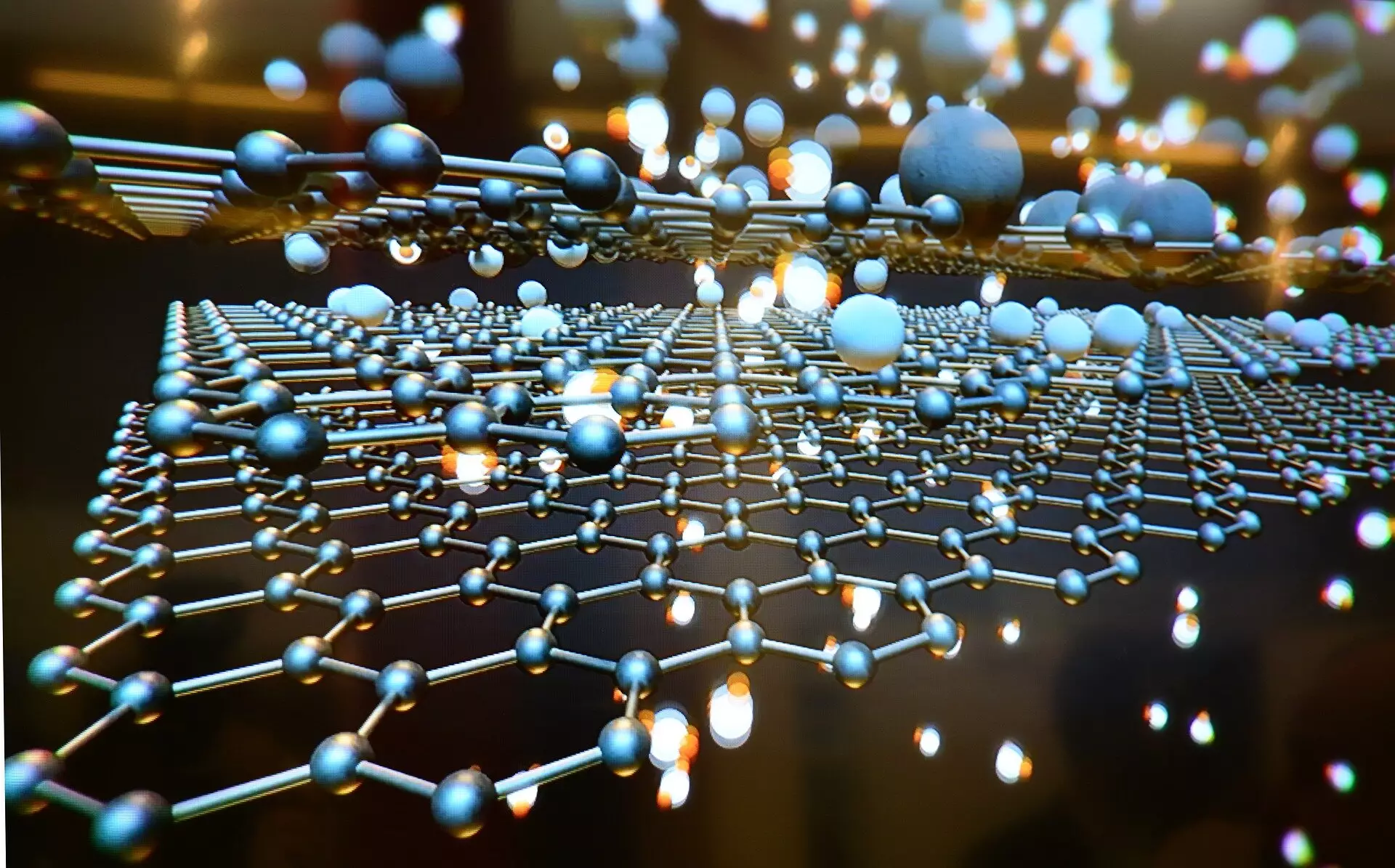Traditionally, voids or pores within materials have been considered detrimental, often perceived as significant flaws that compromise mechanical integrity. In the manufacturing and engineering fields, the standard practice has been to minimize or eliminate these imperfections to enhance the overall performance of materials. This perspective has largely dominated the discourse around material optimization, with voids typically associated with reduced strength and reliability.
However, groundbreaking research led by Prof. Jin Haijun and his team at the Institute of Metal Research (IMR) of the Chinese Academy of Sciences has challenged this prevailing narrative. Their innovative work, recently published in the journal Science, suggests that not only are voids not always harmful, but they can actually serve a beneficial role when incorporated strategically into the material’s microstructure. This discovery opens up new avenues in the design and fabrication of advanced materials.
The research culminated in the creation of a novel material known as nanovoid dispersed gold (NVD Au), which features a substantial number of nanoscale voids. These voids range from just a few nanometers to several hundred nanometers in size and are dispersed uniformly throughout the material. This unique structure contrasts sharply with conventional materials formed through processes like powder sintering, where larger voids often detract from mechanical performance.
The synthesis of NVD Au involves a meticulous combination of a corrosion process referred to as dealloying, along with subsequent compression and thermal annealing treatments. Such a methodology ensures that the voids are not only present but arranged in a way that enhances the material’s mechanical attributes.
The performance of NVD Au is noteworthy; it exhibits improved strength and ductility compared to its fully dense counterparts. Specifically, this advanced material can endure significantly higher loads and can stretch considerably further before succumbing to failure. This resilience is attributed to enhanced dislocation-surface interactions and a notable reduction in crack nucleation, both of which contribute to its superior mechanical performance. Prof. Jin highlights that this advancement achieves both increased strength and reduced density, thus facilitating lightweighting without altering the composition or phase of the gold itself—an important aspect that preserves the material’s inherent physical and chemical properties.
The implications of this research are broad and exciting, potentially impacting myriad industries ranging from portable electronics to aerospace manufacturing. The ability to engineer materials with intentional voids could revolutionize the approach to material design, leading to lighter, stronger, and more efficient products. The collaboration between IMR, the Liaoning Academy of Materials, and Nanjing University of Science and Technology underscores the multifaceted expertise driving this innovative work, with prospects for future research spanning several interdisciplinary fields.
The findings from Prof. Jin Haijun’s team signify a crucial re-evaluation of the role of voids in material science. By turning the narrative on its head, this research not only highlights the potential benefits of nanoscale porosity but also opens the door for future exploration and innovation in material design. As industry and academia alike acknowledge the significance of these findings, we may well witness a profound shift in how materials are conceived, evaluated, and utilized across various applications.


Leave a Reply